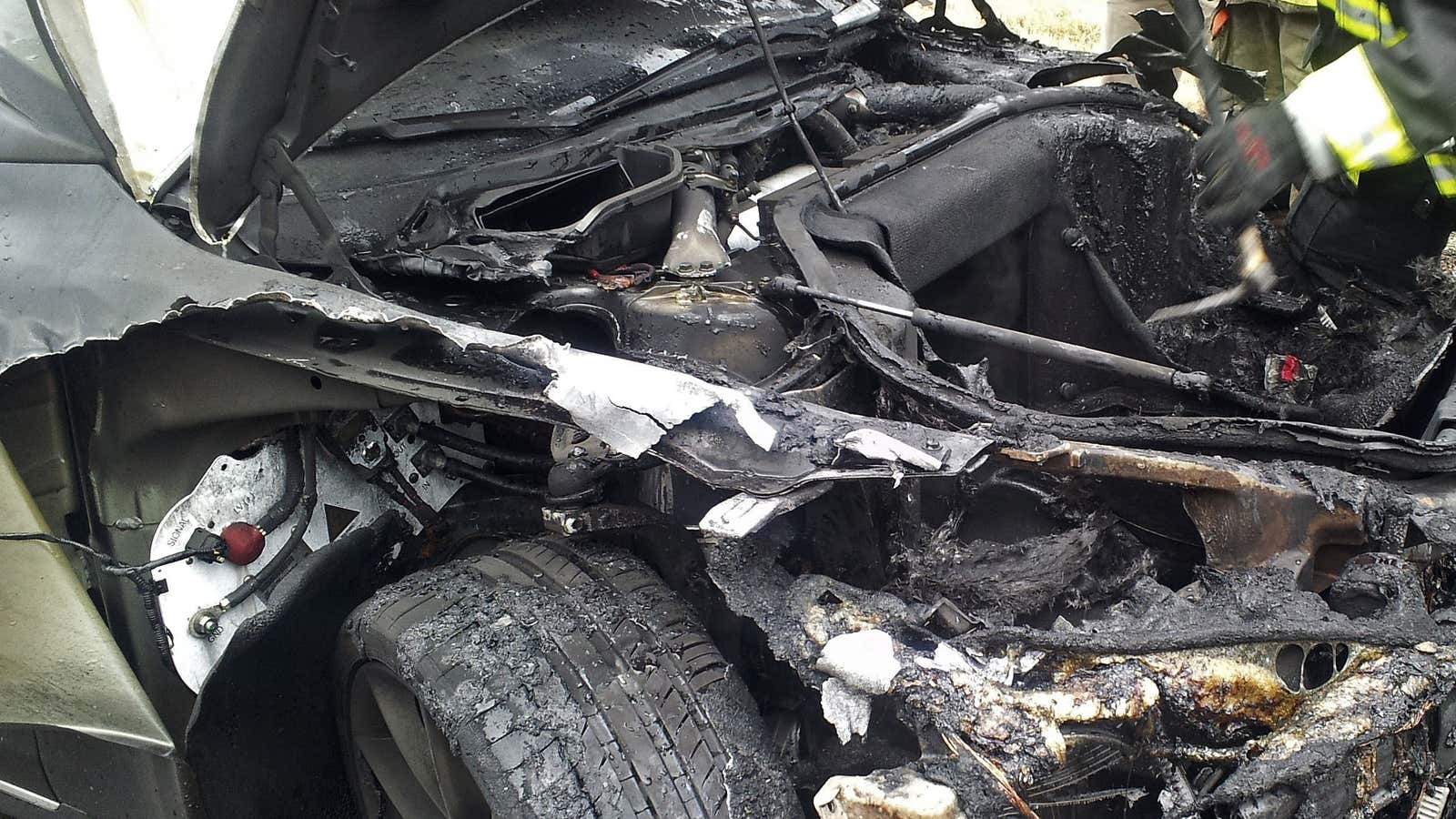For Tesla Motors, the question is, what about the fire next time?
Over the past six weeks two of the Silicon Valley automaker’s luxury electric sports sedans have caught fire after drivers ran over metallic debris that perforated their cars’ lithium-ion battery packs. A third Model S went up in flames in Mexico when the driver lost control of his car, crashed through a concrete wall and hit a tree.
Each crash and burn has followed a predictable playbook. First Tesla’s high-flying stock takes a tumble as investors react with the same irrationality that has pumped up the company’s shares over the past year. In the days after the first fire, on Oct. 1 in the state of Washington, Tesla shares fell nearly 11%.
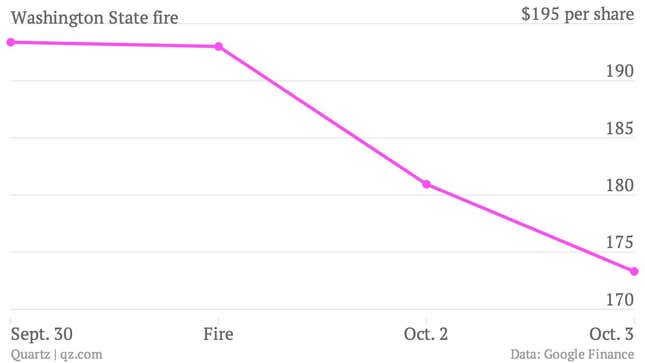
The Mexico fire happened on Oct. 18 but didn’t become public until Oct. 28. The market’s response was more muted, with Tesla’s share price falling 6%.
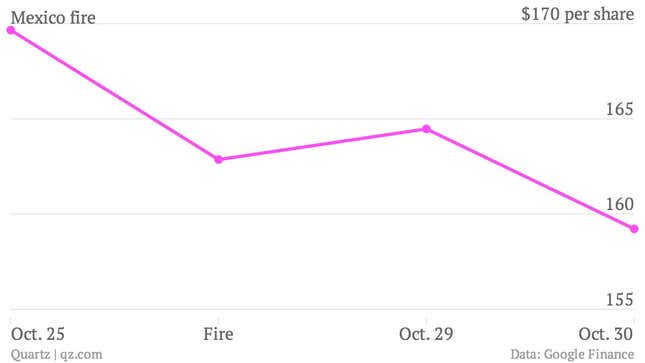
The third incident, in Tennessee on Nov. 6, came as investors unhappy with the company’s third-quarter earnings report a day earlier had already sent the stock plunging nearly 15%. The stock fell another 9% on news of the fire.
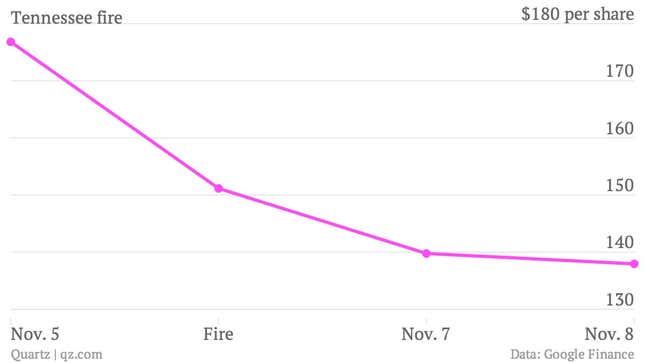
The next step in the post-crash playbook is that Tesla chief executive Elon Musk takes to Twitter to defend the Model S’s safety and castigate critics—such as actor George Clooney, who made disparaging remarks about a Tesla Roadster he formerly owned.
Finally, the drivers of the cars come forward to pledge their loyalty to Tesla. As Juris Shibayama, the owner of the Model S that caught fire on Nov. 6 after running into a trailer hitch on a Tennessee highway, wrote on Tesla’s official blog:
This experience does not in any way make me think that the Tesla Model S is an unsafe car. I would buy another one in a heartbeat.
As more Model S’s hit the highways, more incidents are probably inevitable. But how long can the social-media Kabuki continue?
Tesla does not yet have a Pinto problem. In the 1970s some 500 people died from burns in the Ford subcompact that was prone to catch fire in crashes due to a poorly designed gas tank. Ford’s decision to not upgrade the gas tank despite the mounting body count and its fight against improved safety standards led to years of litigation, including a criminal case against the automaker.
By contrast, the US National Highway Traffic Safety Administration (NHTSA) in August gave the Model S its highest-ever safety rating, and it found no defect in the car after the Washington crash. The agency is still investigating the Tennessee crash.
Still, perception is everything. Musk’s statement yesterday that “there’s definitely not going to be a recall” of the Model S—a decision that is ultimately up to the government, not Tesla—echoes the arrogance of old Detroit. And given Musk’s media celebrity, every utterance can affect Tesla’s fortunes.
Musk’s pique is understandable, though. As he likes to point out, gasoline-powered vehicles catch fire in thousands of crashes a year. In fact, a 2007 government study found that automobile fires are one of the largest causes of fire-related deaths in the US. And more than 1,300 vehicles were involved in fatal fire-related crashes in 2011, according to the NHTSA.
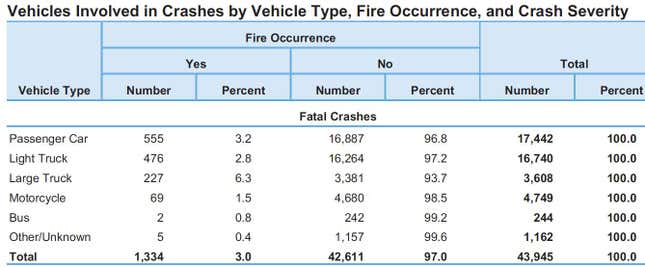
Still, if another Model S burns, Tesla’s best strategy might be to remain as silent as its cars.
